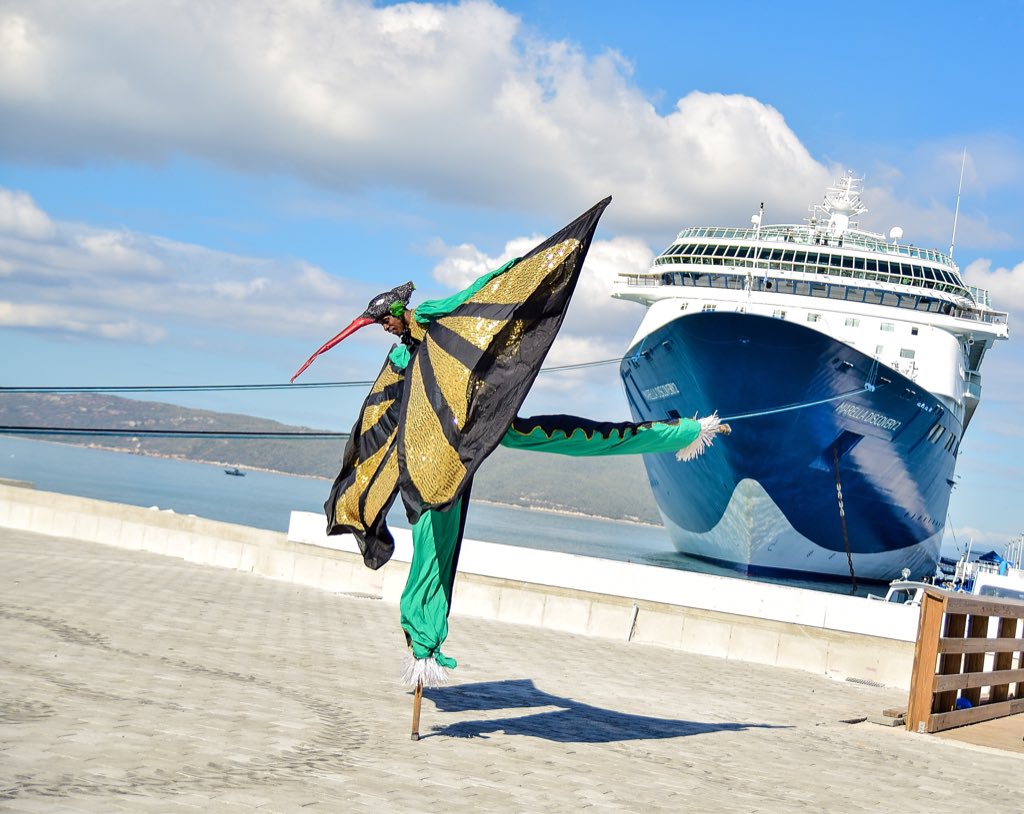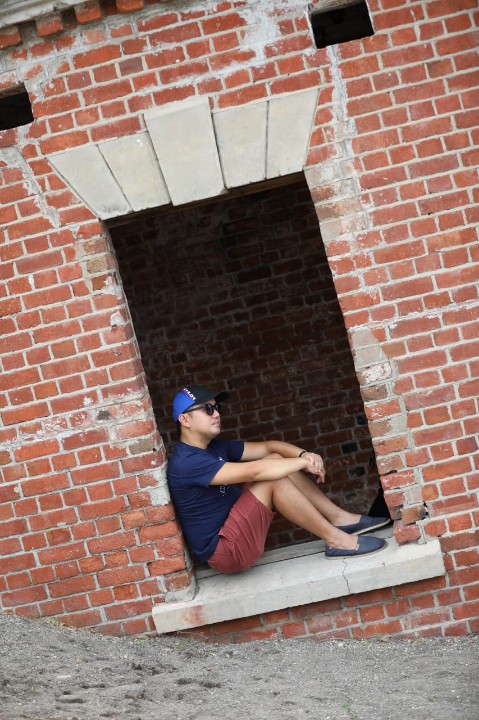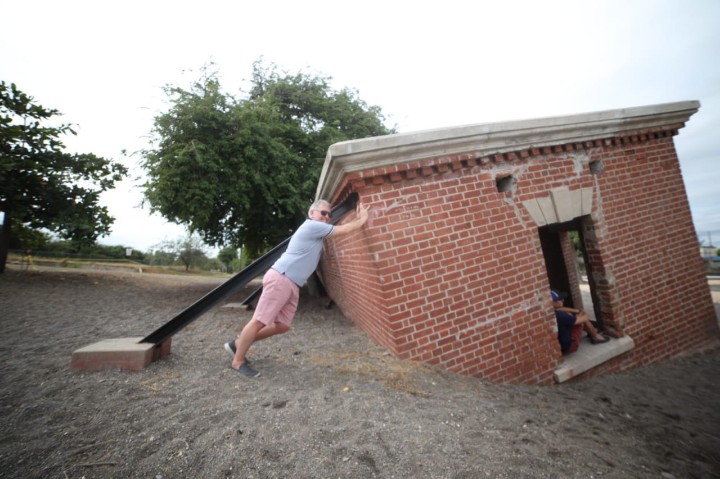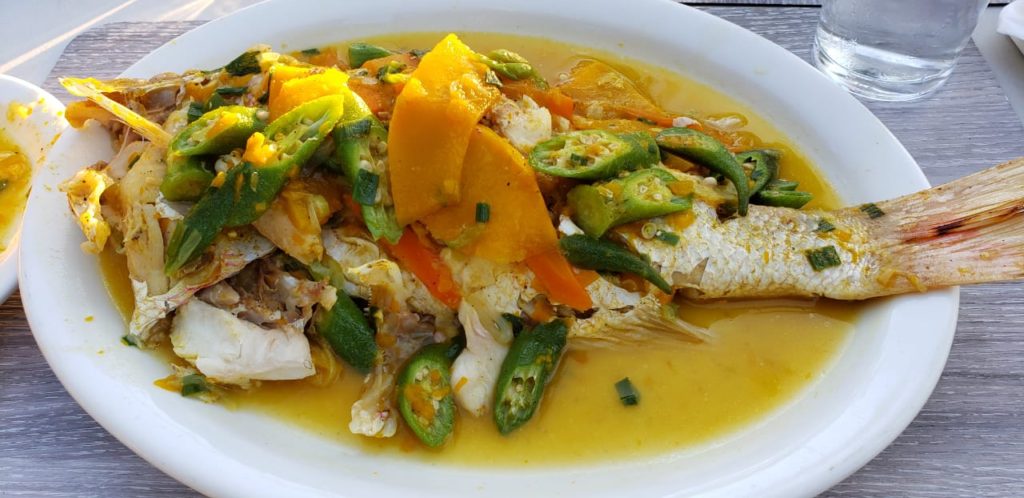
Located at the end of the Palisadoes at the mouth of the Kingston Harbour, unassuming Port Royal has played a very important role in Jamaica’s history. Once known as the “richest and wickedest city in the world”, it began humbly as a sand spit – a fishing camp first used by the Tainos. When the Spanish arrived in Jamaica, they used the spit for cleaning, refitting and caulking of their sailing vessels.
It wasn’t until the 1655 British invasion of the island, however, that Port Royal garnered its infamous wicked reputation. After fortifications were put in place, the city became the virtual capital of Jamaica for much of the 17th century, and a headquarters for buccaneers and pirates who brought in treasure looted on the Spanish Main.

By 1692, Port Royal had become an important economic centre, but a devastating earthquake hit the city on June 7th of that year, causing most of its northern section to be lost – and with it many of the town’s buildings and forts. While Fort Charles survived, Forts James and Carlisle sank into the sea. Historians say 40% of Port Royal’s population died either in the earthquake, or in the plagues and pestilences that followed.
The houses and fortifications were subsequently rebuilt on an island separated from the rest of the Palisadoes, but a 1703 fire destroyed the town which had been rebuilt mainly of wood. Hurricanes in 1712, 1722 and 1726 further prevented Port Royal from rising to its former glory, as all the merchants moved across the harbour to settle in Kingston, a less healthy, but safer site than Port Royal. The 1907 earthquake further damaged the city, and 1951’s Hurricane Charlie swept over Port Royal, leaving only a few buildings of its historic past.
Port Royal has since become a quiet fishing village but plans to develop it as a tourist destination by succeeding governments are finally starting to bear fruit. The town welcomed its first cruise ship, the Marella Discovery II on Monday, January 20, 2020.
If you’re planning to visit, here are a few things to do in Port Royal.
Fort Charles
Fort Charles was built in 1655 and originally named Fort Cromwell. By 1667, Fort Charles had 36 guns; this number increased to 104 guns in 1765, with a garrison of 500 men. The fort has the distinction of being the only one of Port Royal’s forts to survive the 1692 earthquake. Originally washed by the sea on three sides, the fort is now firmly landlocked due to gradual silt build-up.

Many cannons still point out from their embrasures along the restored battlements. You can tour the small, well-presented Maritime Museum in the courtyard’s centre, containing a miscellany of objects – from glassware and pottery to weaponry – retrieved from the sunken city.
Giddy House
Considered as the Caribbean equivalent to Italy’s Leaning Tower of Pisa, the 1888 Giddy House is a small redbrick artillery store that sits alone just behind Fort Charles. The 1907 earthquake turned the spit that the Giddy House was built on to quicksand. One end of the store subsequently sank, leaving the store at a lopsided angle.

If you want to know how the Giddy House got its light-hearted nickname, simply walk inside. The lean of the building creates a dizzying effect as you try to maintain your balance. There’s seemingly no way to stand up straight!
Old Naval Hospital and Museum
Lesser known fact: the two-storey Old Naval Hospital was built by Bowling Ironworks in Bradford, United Kingdom, shipped to Port Royal, and reconstructed behind the old garrison wall off New Street in 1918. The hospital was ravaged by 1988’s Hurricane Gilbert and is still awaiting restoration work – estimated to cost 88.29 million JMD – as of 2014. Perhaps we’ll hopefully be able to properly tour this site in the new decade.
Lime Cay
Lime Cay is one of half a dozen or so uninhabited, white sand-rimmed coral cays off the coast of Port Royal. Trips leave from the Morgan’s Harbour Marina at least three days a week for an afternoon sail with lunch and refreshments. There are no facilities on the island.

Eat fresh seafood
As it is a fishing village, Port Royal has several popular spots that are well-known for fresh fish and other seafood, cooked to order Jamaican style. It’s not uncommon for these places to have long lines and wait times so be sure to get there early and avoid busy times like weekends if possible.
All these activities prove that Port Royal is much more than a quiet fishing village. Whether it’s eating fresh, delicious fish, taking a city getaway to the cays, or trying to keep your balance in the Giddy House, there’s something there to keep anyone interested and occupied. Take a trip to Port Royal soon!